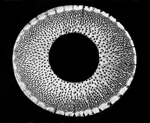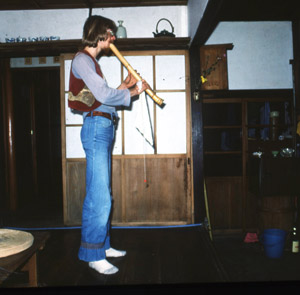
In Ichijōji, Kyōto, 1977
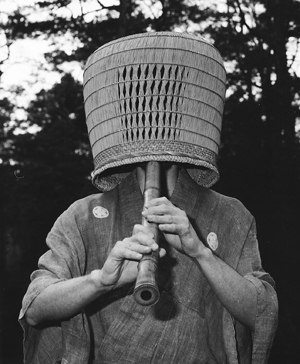
In North Sealand, 1983
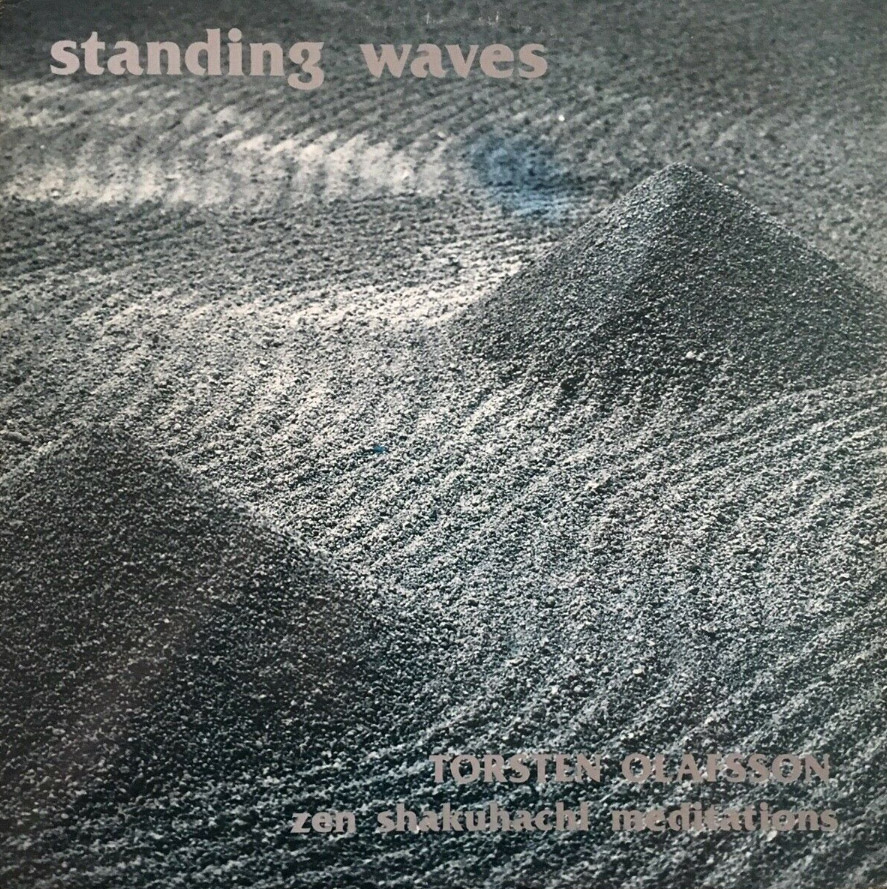
"Standing Waves" Olafssongs LP/MC, 1983
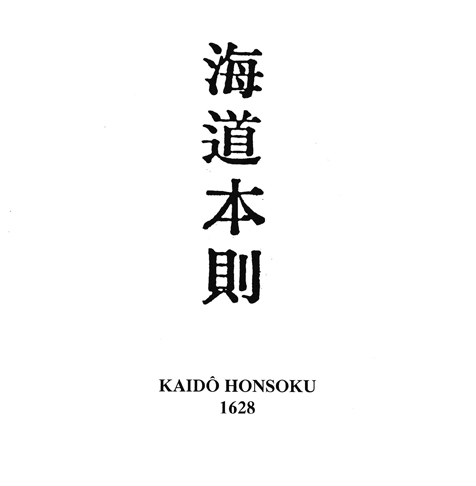
'Kaidō honsoku' thesis title
Original 1987-1988 edition
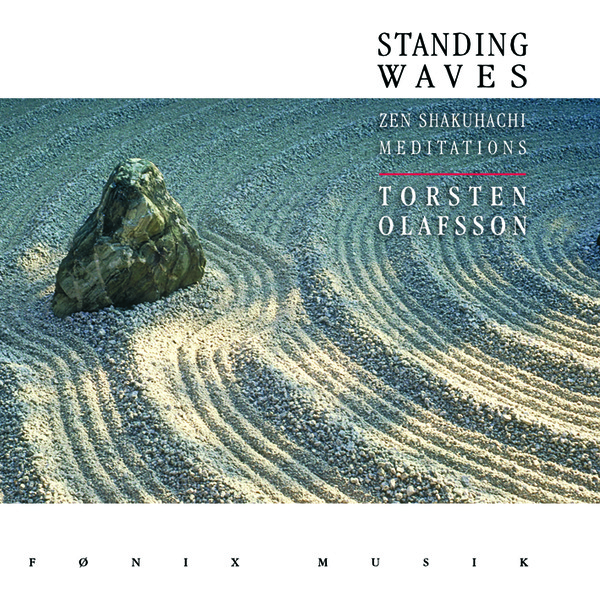
"Standing Waves" Fønix Musik CD, 2001
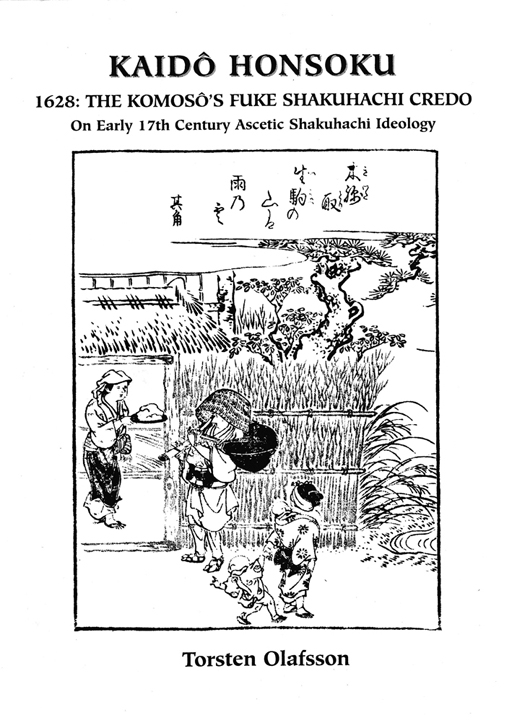
'Kaidō honsoku' thesis, Tai Hei Shakuhachi, 2003
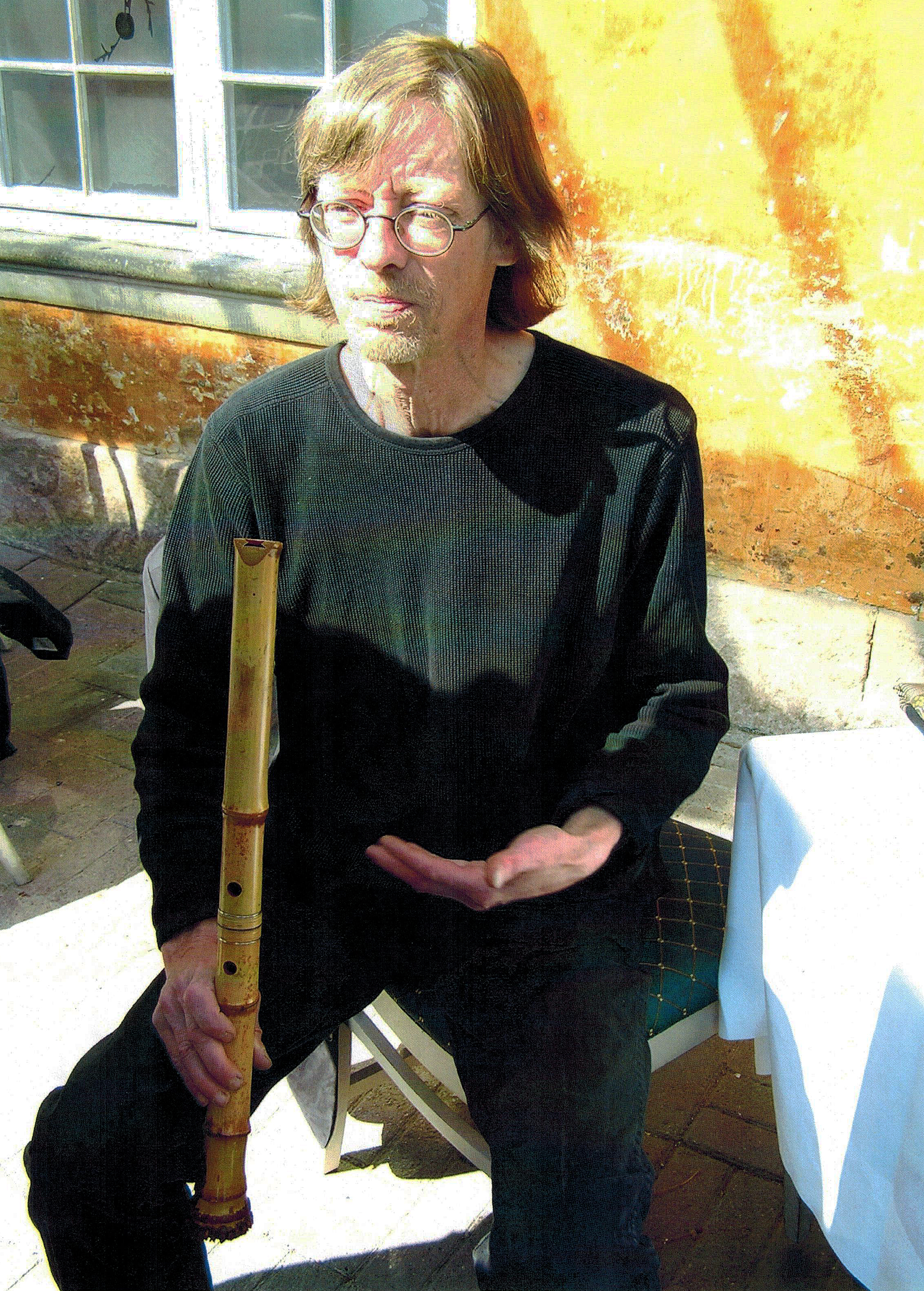
In Copenhagen, 2009
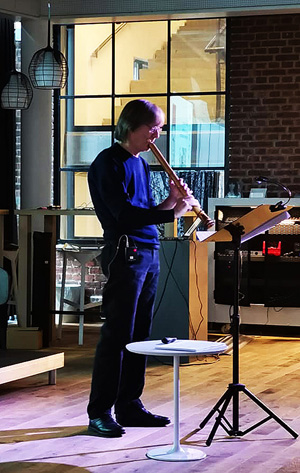
In Elsinore, 2019
|
|
Researcher's Profile / Bio / CV
Born in late January 1950 in Hellerup, N. Copenhagen, Denmark.
Mixed Icelandic/Danish/Swedish/German descent.
Documented Icelandic pedigree traceable through preserved church registers to 9th century Viking inhabited Iceland:
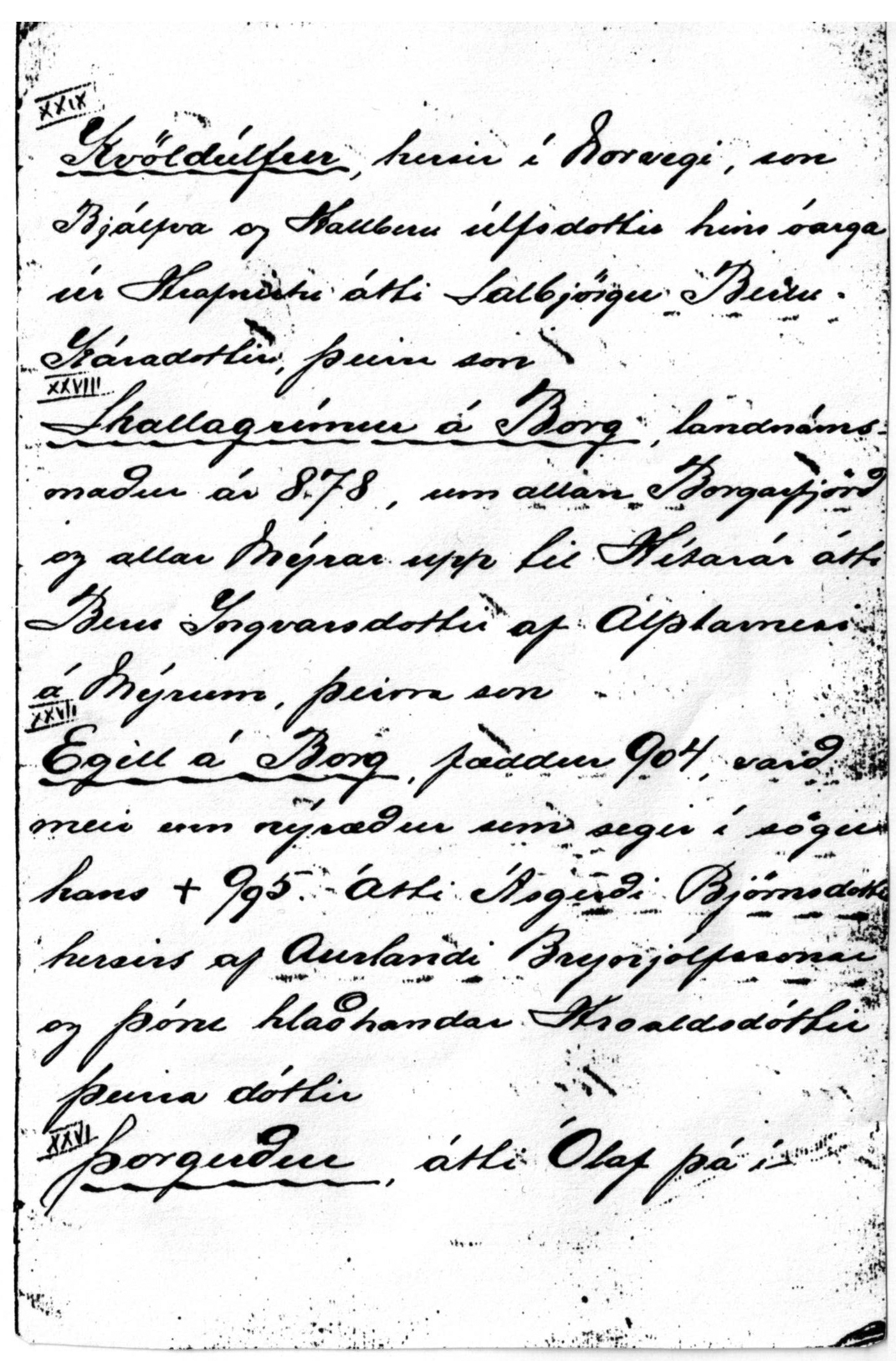
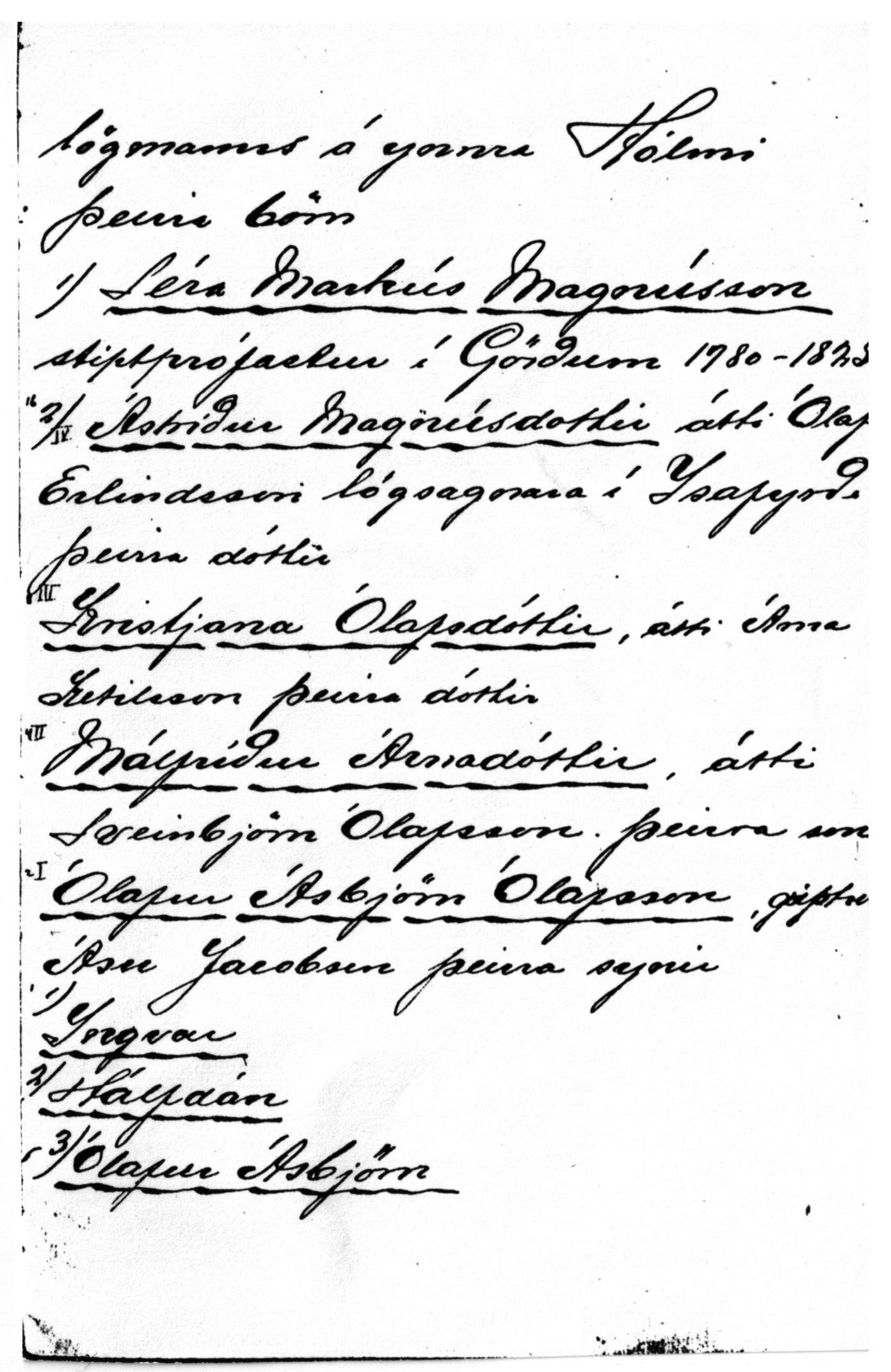
Left: Icelandic church registry, p. 1 - 9th century:
Norwegian Kvöldulfúr, no date - Skallagrimmur á Borg, year 878.
Right: Registry, p. 9: Early 20th century, father: Olafur Asbjørn, b. 1906.
Torsten Olafsson grew up on the island of Amager in Southern Copenhagen.
Studied music (and dancing) from very early childhood and has - over the years - practiced:
Singing, piano, recorder, bugle, drums, electric bass, acoustic guitar, vibraphone, Indian tabla, percussion - then Japanese shakuhachi,
a little Japanese koto, acoustic bass guitar and – more recently: Arabic darbuka drum.
1964: Took up photography and frequent now life-long do-it-yourself activities.
1965: First "professional" concert appearance as a pop/rock drummer on October 3rd on the island of Amager, Copenhagen.
1965-68: Specialized language (Danish, Swedish, Norwegian, English, German, French & Latin) & classical music theory studies in high school.
1968, January 1st: Formed the symphonic rock band ACHE, who composed and recorded the world’s first genuine rock ballet, "De Homine Urbano" in 1969,
released on LP in 1970 (Philips) & re-released at least 7 times since then, internationally.
Second ACHE album, ‘Green Man’, 1971, also reissued at least 7 times, worldwide.
The latest twin album re-releases happened in Japan, in March 2020.
1968: Began university studies in Chinese Art and Culture, incl. modern and classical Chinese.
B.A. degree in 1974 - Danish equivalent academic degree: Exam. art.
1974: Began university studies in Japanese Language and Culture (Japanology).
1977-78: Studies in Kyōto as a Rotary Foundation Graduate Student awardee.
Myōan Temple: Taizan-ha Shakuhachi practice, with Ozawa Seizan sensei, Yamashina, Kyōto,
a student of the 40th 'kansu' Yoshimura Fuan Sōshin.
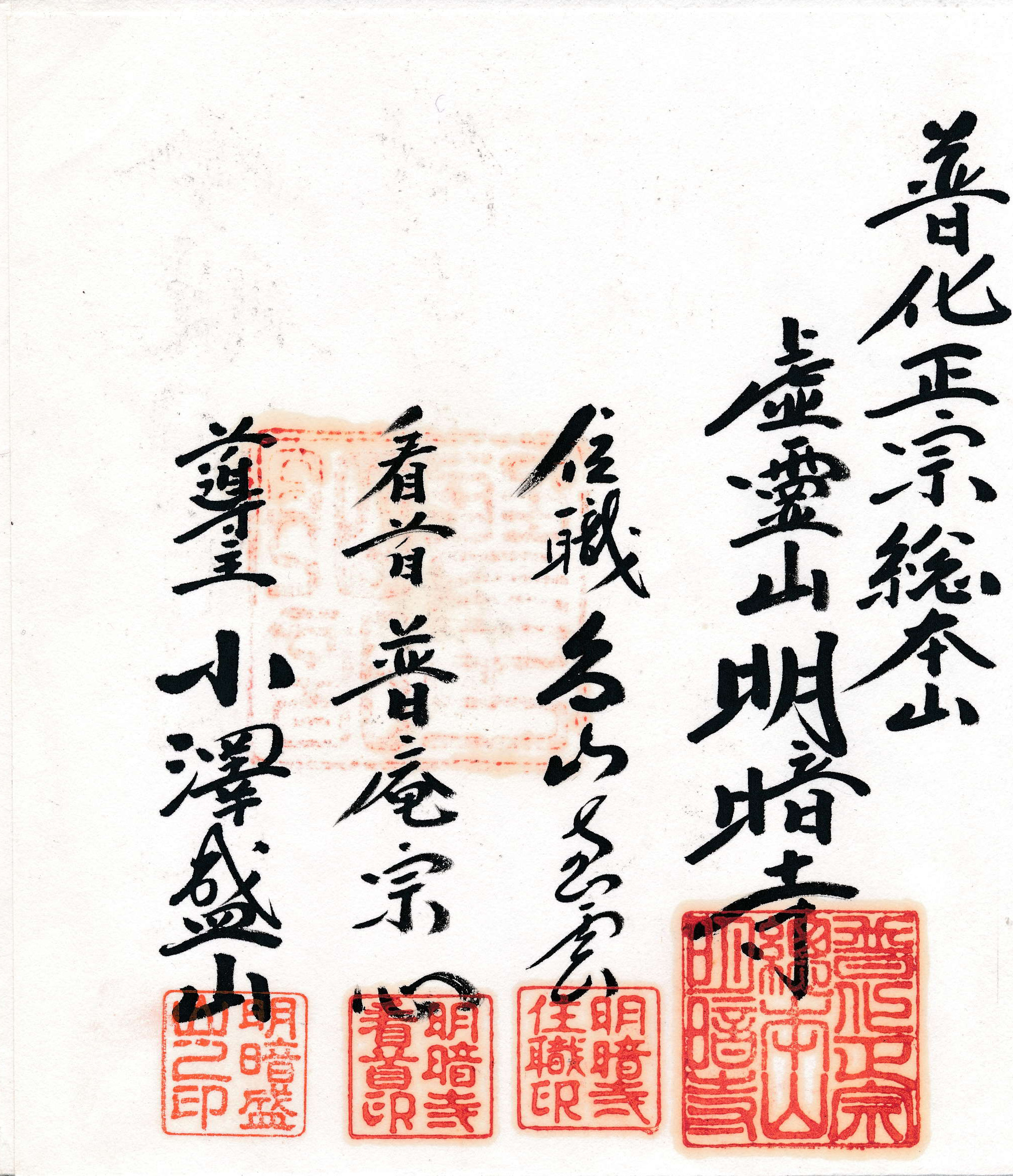
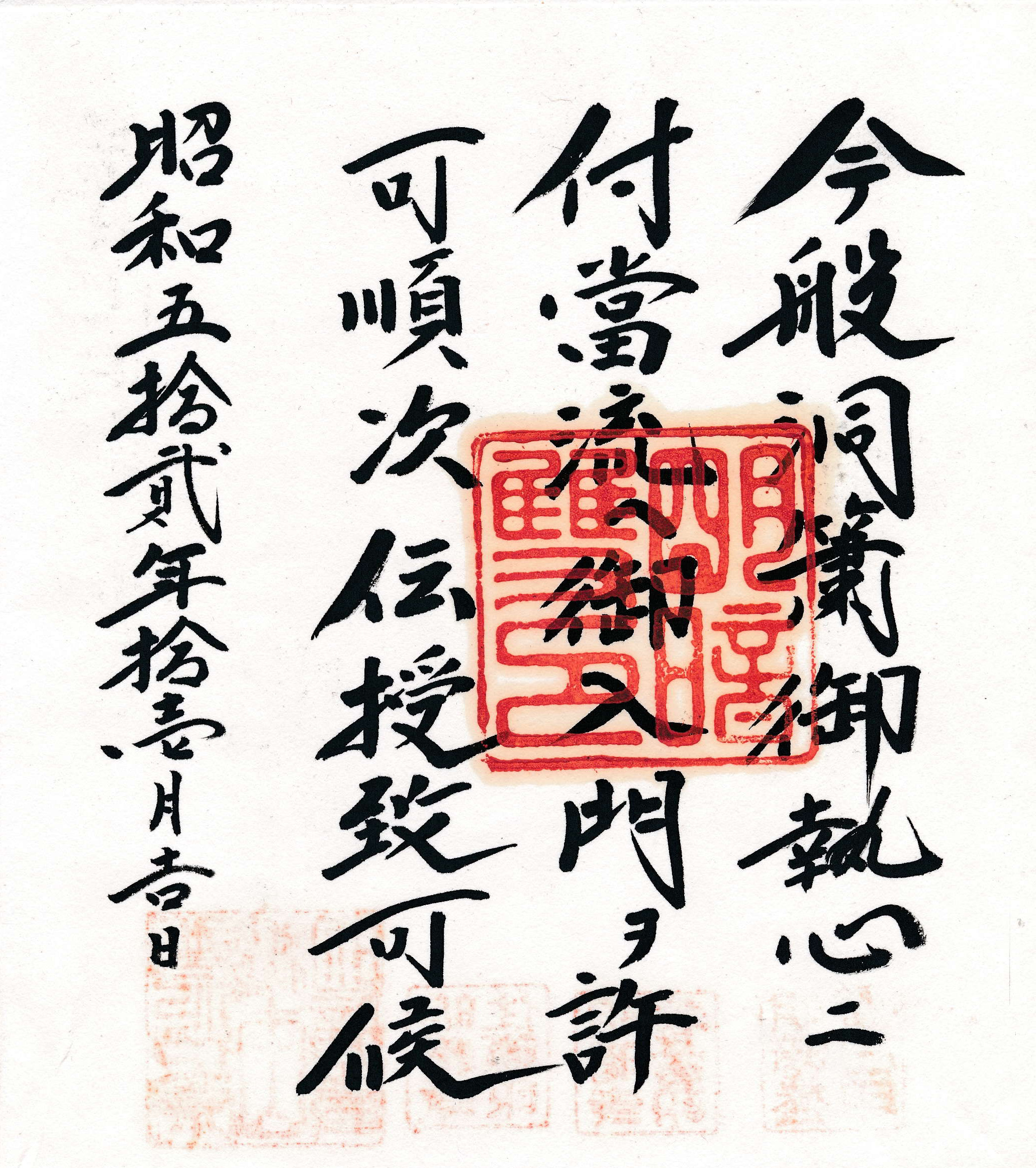
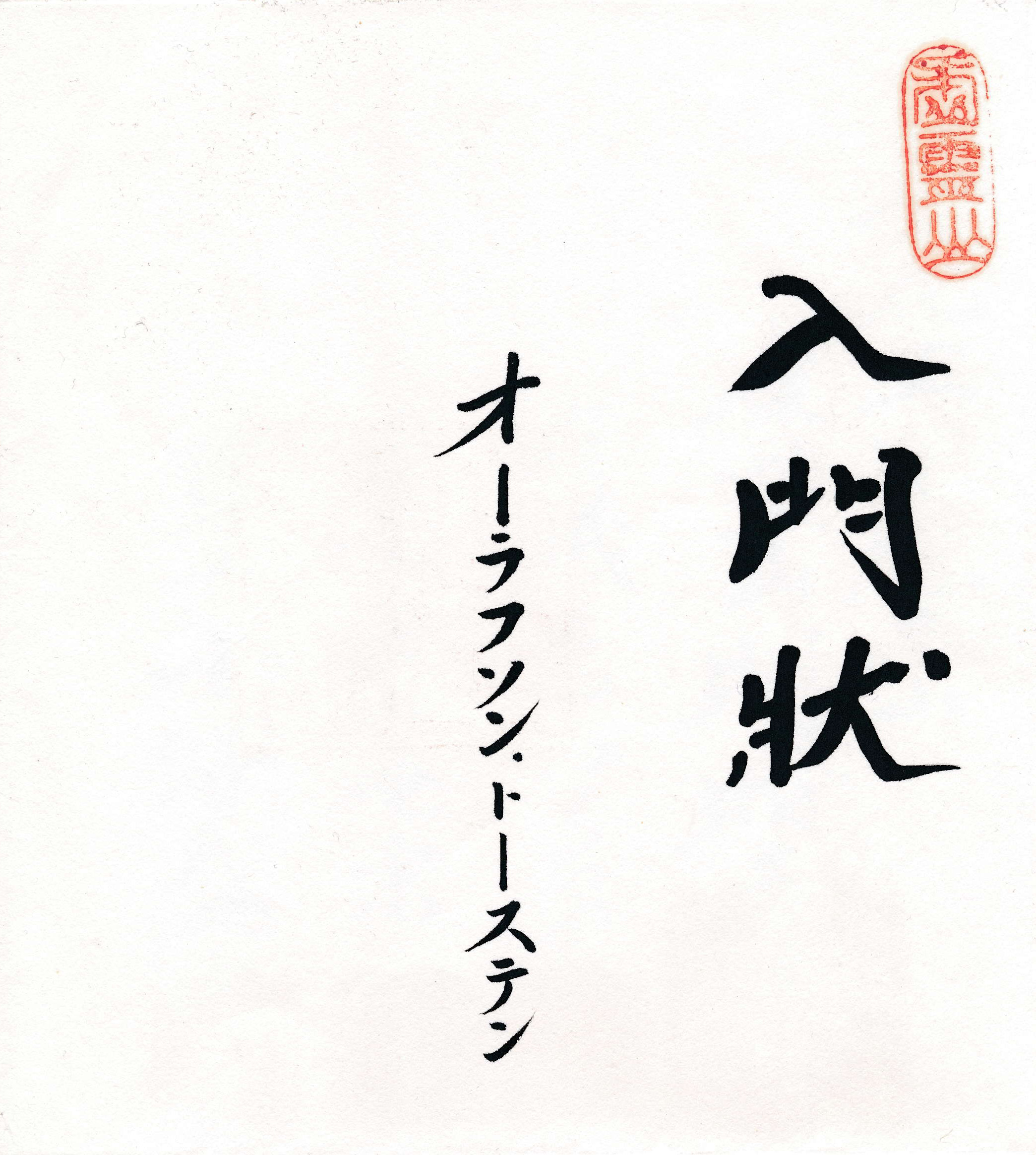
Torsten Olafsson's Myōan Taizan-ha Shakuhachi School admission certificate, 1977.
Signed and confirmed by Hirazumi Taizan, 2nd chief monk of the 1950 revived Kyōto Myōan Temple,
[Yoshimura] Fuan Sōshin, Kansu, and Ozawa Seizan, Taizan-ha Shakuhachi teacher.
1981: B.A. degree in Japanese/Japanology - Danish equivalent academic degree: Exam. art.
1981: Lectures at Copenhagen University and Lund, Sweden, University about Taizan-ha Shakuhachi and 17th century shakuhachi matters.
1983: Participates as photo researcher and editor during the build-up of the "Japan I Brede" exhibition,
organized by the National Museum of Denmark, Copenhagen.
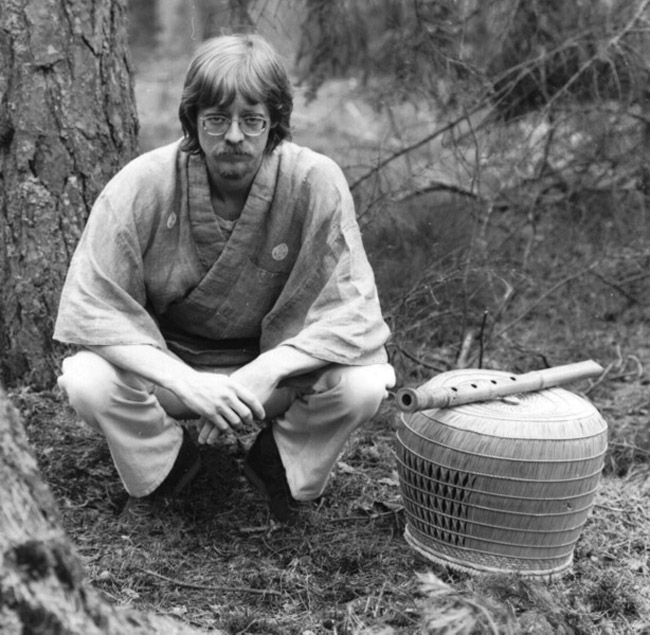
Torsten Olafsson in North Sealand
Photo: Mikkel Scharff, 1983
1983: Release of the LP & MC ‘Standing Waves – Zen Shakuhachi Meditations’ (Olafssongs OLP 001/OMC 001).
Geoff Duckworth wrote in his review in "Take no Michi", published by former The British Shakuhachi Society (selections):
" - - - Listening to the music one is immediately struck by its starkness in terms of tonal variation, decoration, vibrato etc.,
that one hears in the music of players from the Kinko, or Tozan schools.
If you have developed your shakuhachi listening with the music of Yamaguchi, Reibo, Yamamoto, or Yokoyama, for instance, the music here may be a shock." - - -
" - - - You may, or may not like the music on this record. But I think this would miss the point,
that this record adds to the richness of both one's personal store, and the whole body of shakuhachi music. - - - "
Link to a scanning of the complete review, PDF
1983-1984: Gives a number of public lectures about Japanese history and music in Denmark.
1984-1985: Intensive M.A. degree studies and research at the University of Copenhagen, Eastasian Institute.
1986: Special research in the Tōkyō area.
Leisure time shakuhachi studies with the late Yokoyama Katsuya in Chiba.
1987: M.A. thesis in Japanology submitted to the University of Copenhagen:
"Early 17th Century Ascetic Shakuhachi Ideology.
The Kaidō honsoku. A Komosō’s Fuke Shakuhachi Credo, dated 1628."
(Published internationally by Monty H. Levenson/Tai Hei Shakuhachi, Willits, CA, in 2003.)
1991-1999: First Print Manager, then Serious Music Manager, with Warner/Chappell Music Denmark A/S.
1997: On invitation by then International Shakuhachi Society president, the honorable, late Dan E. Mayers, Esq., Torsten writes an introductory essay to the
‘Kaidō honsoku’ thesis.
2001: ‘Standing Waves’ is re-released on CD by Fønix Musik, Denmark (Fønix Musik CD FM 1183).
2003: The ‘Kaidō honsoku’ thesis together with the introductory essay is printed and published internationally by Monty H. Levenson/Tai Hei Shakuhachi,
Willits, California, USA.
2003: Website about Fuke/Zen Shakuhachi research is launched, first hosted c/o www.torstenolafsson.dk.
2005: Introductory essay about the ‘Kaidō honsoku’ thesis is published by the ISS, in Annals vol. 2.
The editor, the late president of the International Shakuhachi Society, Mr. Dan E. Mayers, Esq., commented in his introduction to the article:
"Torsten Olafsson taught himself, unaided, to read ancient Japanese in order to complete the following thesis: an astonishing scholarly feat.
The conclusions of the thesis are not widely accepted by Japanese scholars but are interesting and challenging,
throwing new light on an area in which Japanese scholarship has tended to become all too formal.
Those wishing further scholarly enlightenment should consult the original thesis, of which this is a very brief and incomplete summary.
Only through study of the original thesis can a full appreciation be obtained of the scholarship involved.
The Editor"
2008: The late Prof. Tsukitani Tsuneko concluded in her article in the book “The Ashgate Research Companion to Japanese Music”:
"The body of shakuhachi researchers in Japan is relatively small; names that recur in the bibliography include Kamisangō, Tsukitani/Tukitani,
Seyama and Simura/Shimura.
It is regrettable that the most conspicuous work is being produced not in Japan but by scholars abroad. (See the works by Fritsch, Gutzwiller, Keister, Lee, Olafsson.)"
2009: Becomes a board member and graphics editor of Dansk-Japansk Selskab, the "Denmark-Japan Society".
2009: Danish language shakuhachi website established: www.shakuhachi.dk.
2011: English language shakuhachi website is assigned its own separate URL under the name www.zen-shakuhachi.dk.
Title:
The "Zen Shakuhachi Reality Research Web Pages.
An Introduction & Critical Guide to the Study of Early Ascetic Shakuhachi Historical Chronology,
Terminology & Etymology of Concepts, Ideology, Iconology & Practices in Particular.
Significant structural expansions and numerous updates are made till this day.
2011, January: Special PowerPoint-supported shakuhachi lecture at the art museum Ordrupgaard in Charlottenlund north of Copenhagen.
2017, June 16th: The Museum at the Royal Castle Amalienborg in central Copenhagen opened the exhibition "Japan i Kongehuset",
"Japan in the Royal House".
Torsten O. performed three Myōan Taizan-ha Shakuhachi honkyoku interchanging with speeches during the opening reception.
The prominent guests of honour in the audience were the exhibition's two protectors:
His Imperial Highness Crown Prince Naruhito of Japan and His Royal Highness Prince Frederik of Denmark.
2017, late July: Torsten O. presented a comprehensive poster exhibition at the European Shakuhachi Society's Summer School in Vejle
with a. 80 color posters about shakuhachi history and ascetic ideology:
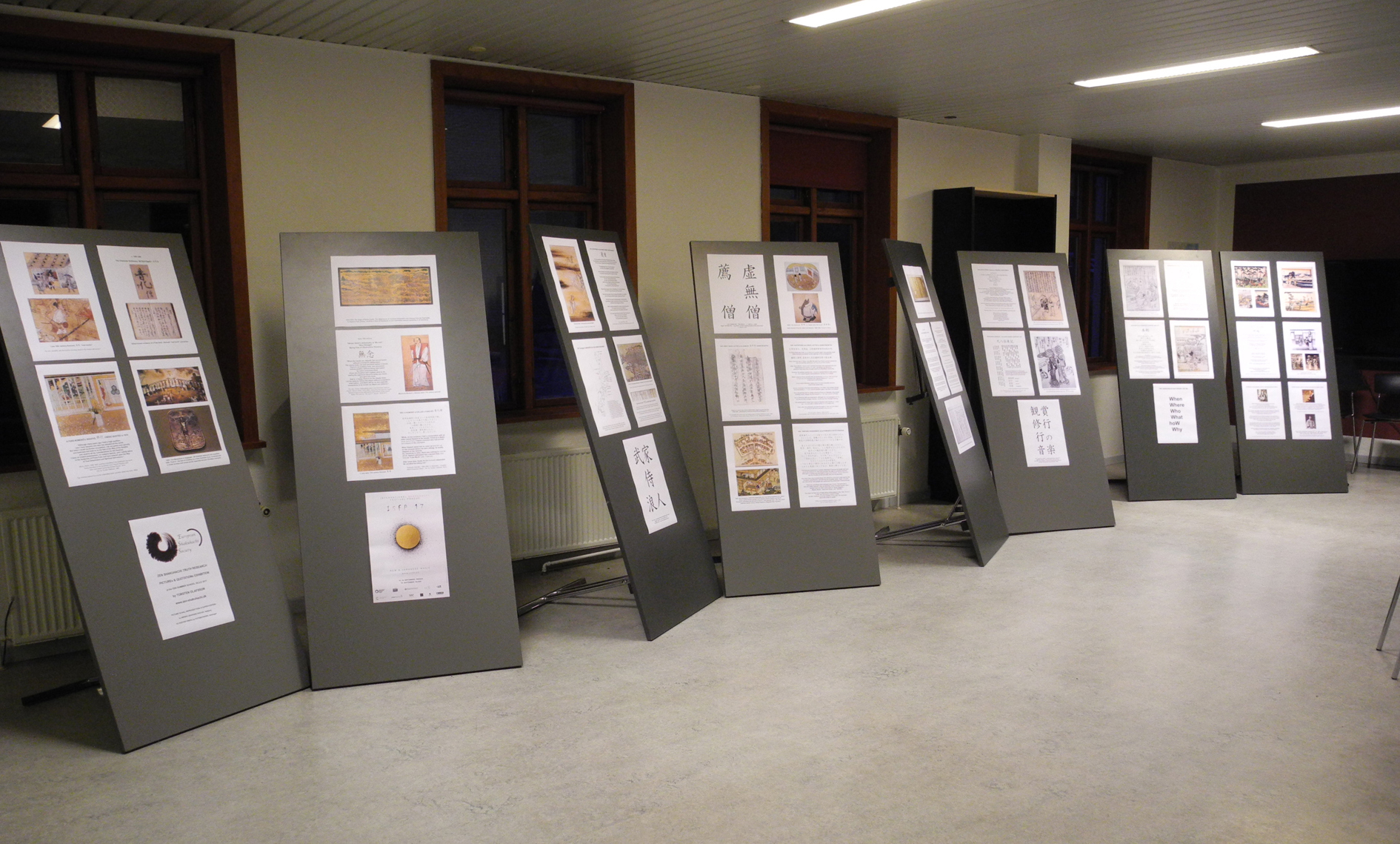
2017, December: Torsten O. accompanied two Japanese silent movies at Cinemateket in Copenhagen and lectured about the shakuhachi in between the two performances.
2018, June: Torsten O. played the shakuhachi and told about the ascetic Taizan-ha tradition on the outdoor arena of Lillerød Kirke in Allerød a little north of Copenhagen.
2019, February: Torsten O. presented a new, updated version of his PowerPoint-, video-, and audio supported lecture/mini concert:
"The Flute with no Holes – Zen & the Sound of Bamboo".
Venue: Elsinore Library/Helsingør Bibliotek at Kulturværftet - the famous former Elsinore shipyard - overlooking the harbour and Kronborg Castle.
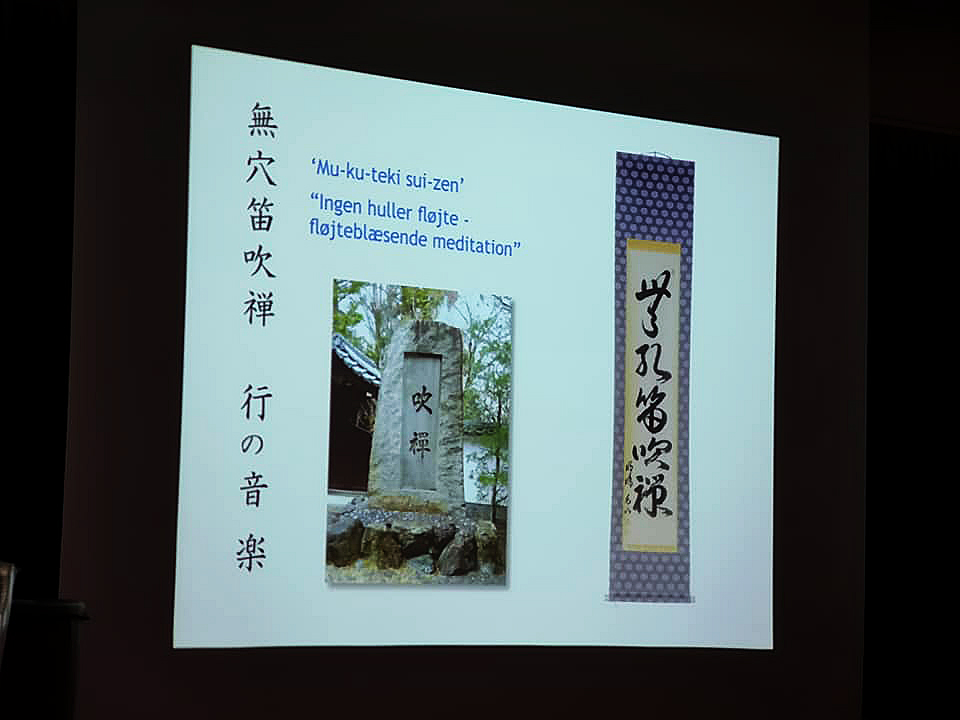
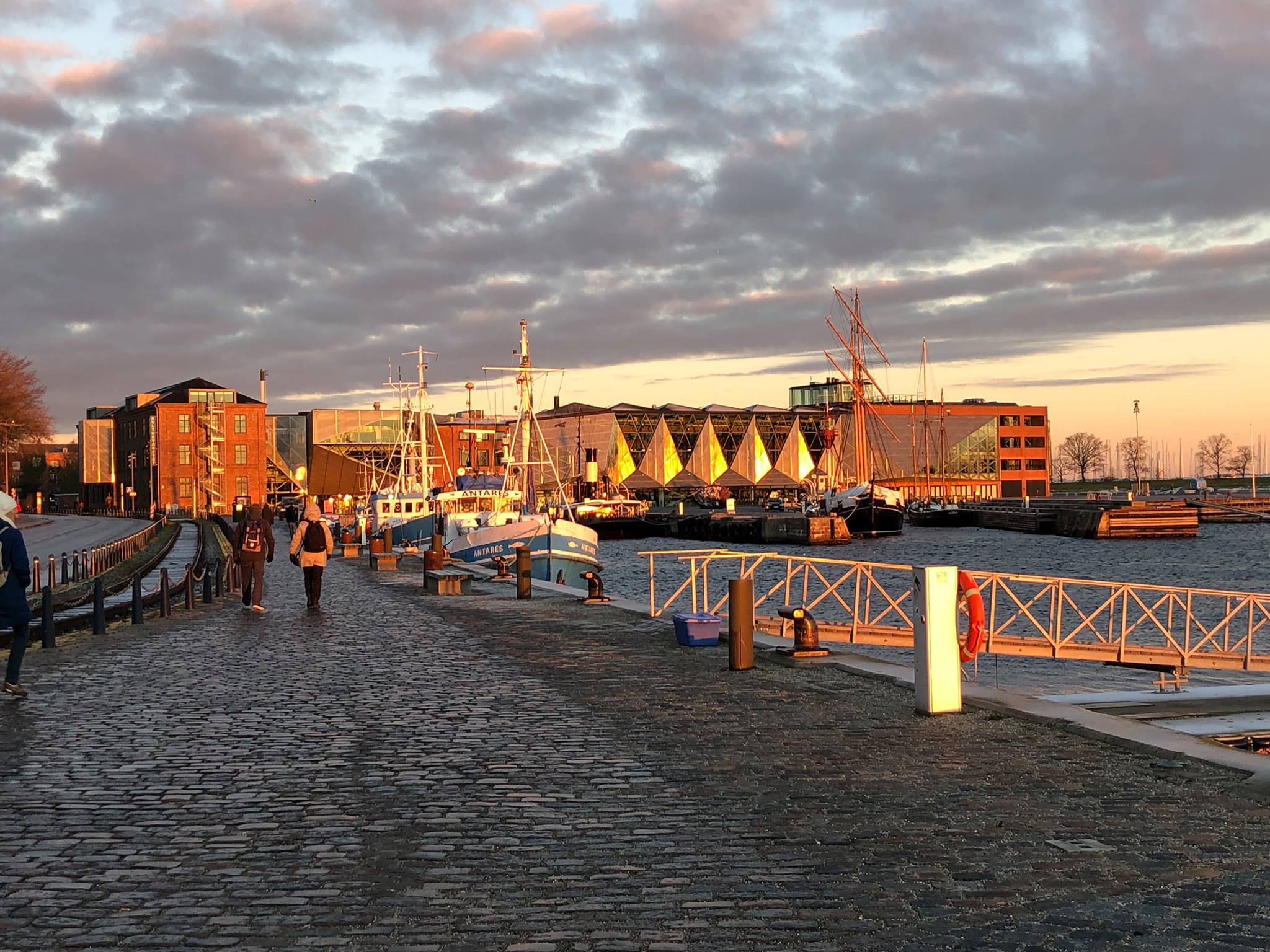
2019, March: Torsten revisited Kyōto to reunite with the Tamura Family who hosted him while he was studying there in 1977-1978.
2022, April & May: Torsten Olafsson re-appeared as original ACHE bass player and vocalist when the reformed band performed a few succesful gigs in Denmark.
2022, November: Danish Torsten Olafsson and US North American Cornelius Boots are featured as Western shakuhachi personalities
in Japanese traditional music journal Hōgaku Journal.
Torsten Olafsson has contributed as a versatile studio musician to more than 40 Danish music albums, performing on electric bass guitar,
vocals, keyboards, percussion, tabla, vibraphone, acoustic bass guitar and Japanese shakuhachi flute;
- as a professional graphic artist created more than 65 music album cover designs; transcribed, music engraved, typeset and layouted well over
1.400 mostly Danish pop, rock, jazz, folk & instrumental guitar music pieces and,
- since a. 1980, in his capacity as music editor and publishing company music editor
and print manager, produced hundreds of sheet music and music book titles, from quite small and quite comprehensive.
2024:
Torsten Olafsson is currently – beside his ascetic shakuhachi history and ideology research - working closely with his younger brother,
internationally renowned acoustic & electric guitarist,
composer & producer Finn Olafsson, Olafssongs Music Publishers, Denmark, as a concert & studio recording musician,
music editor, graphics designer, photographer & webmaster.
By the way, already in Autumn 2018, Torsten resumed activity with his very first professionally played instrument: The Classic Drum Kit.
In February, 2000, Torsten Olafsson eventually "settled down" in Helsingør/Elsinore,
north of Copenhagen: The city of Shakespeare and Prince Hamlet's castle Kronborg:
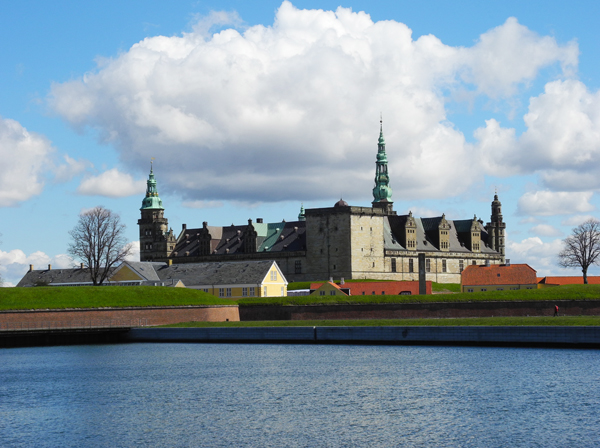
Hamlet's Castle Kronborg in Elsinore, Denmark. Photo: Torsten Olafsson
Links:
https://torstenolafsson.dk
https://achesite.dk
http://olafssongs.dk
http://www.finnolafsson.com
|
ト
ー
ス
テ
ン
無
孔
笛
オ
ー
ラ
フ
ソ
ン
|
